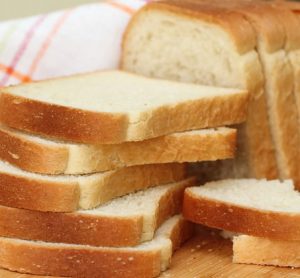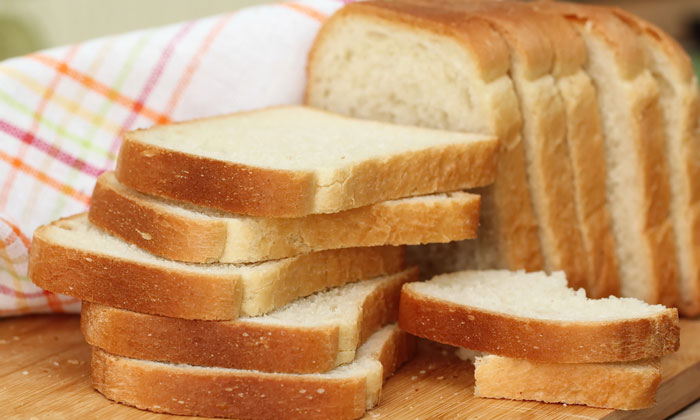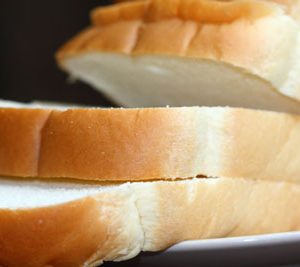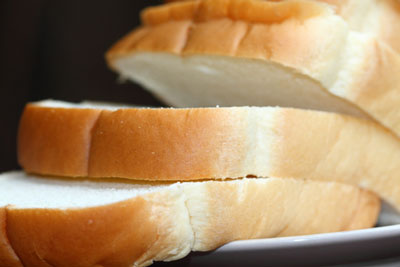Polydextrose: No compromise with taste or texture
26 August 2010 | By Dr. Jérôme Tauzin, Product Manager Fibres, Tate & Lyle
Polydextrose is a soluble fibre with prebiotic properties that is very well tolerated, has a low glycemic response, is clean-tasting and easy to use. With only one kcal/g, it is also a premium, low-calorie bulking agent used to provide body and texture in reduced-calorie, no added and sugar free foods.…












